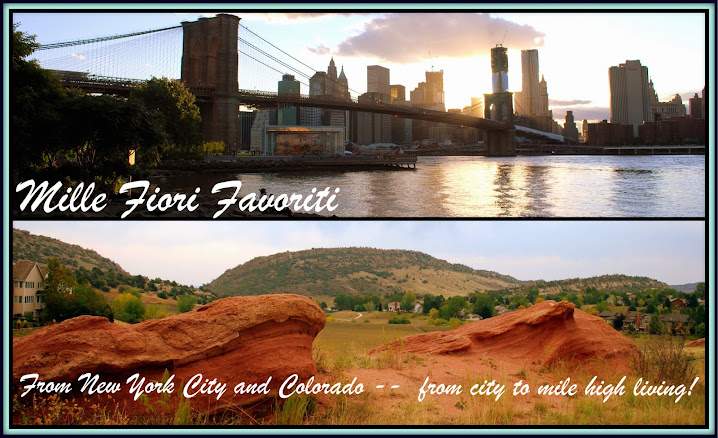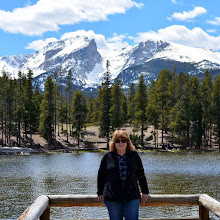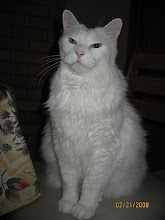Last October, we went on a Cosmos Tour to visit the "Highlights of Ireland and Scotland." During our journey, we stopped at Loch Ness in Scotland and walked along the loch. Although we searched as far as we could see, we could not catch a glimpse of the famous "Loch Ness Monster." You may have better luck spotting it during your visit. (smile)
Loch Ness is a large freshwater loch (lake) in the Scottish Highlands extending for approximately 37 kilometers (23 miles) southwest of Inverness. It takes its name from the River Ness, which flows from the northern end.
Loch Ness is the second-largest Scottish lake by surface area after Loch Lomond, but due to its great depth, it is the largest by volume in Great Britain. Its deepest point is 230 meters (126 fathoms; 755 feet), making it the second deepest loch in Scotland after Loch Morar. It contains more water than all the lakes in England and Wales combined and is the largest body of water in the Great Glen, which runs from Inverness in the north to Fort William in the south. Its surface is 16 meters (52 feet) above sea level.
We stopped again at an overlook of Urquhart Castle. The present ruins date from the 13th to the 16th centuries, though built on the site of an early medieval fortification. Founded in the 13th century, Urquhart played a role in the Wars of Scottish Independence in the 14th century. Urquhart was partially destroyed in 1692 to prevent its use by Jacobite forces, and it subsequently decayed. In the 20th century, it was placed in state care as a scheduled monument and opened to the public: it is now one of the most-visited castles in Scotland!
While we watched above, a large group of visitors to the castle departed a ferry that docked on Loch Ness.
The buildings of the castle were laid out around two main enclosures on the shore. The northern enclosure or Nether Bailey includes most of the more intact structures, including the gatehouse, and the five-story Grant Tower at the north end of the castle. The southern enclosure or Upper Bailey, located on higher ground, comprises the scant remains of earlier buildings.
Our next stop along Loch Ness was the Old Bridge at Invermoriston.
The Old Bridge crosses the spectacular River Moriston Falls.
My husband and I and my sister-in-law and my brother-in-law posed for a photo on the bridge.
In my next blog post, I will take you to Culloden, Scotland, the site of the historic Battle of Culloden. If you are a fan of The Outlander book and TV series, you'll recognize this historic place.
You can also find me on:
I'm linking with:
Mosaic Monday, Hello Monday, Through My Lens Monday, Hearth, and Soul Link Party, Anything Goes Monday, You Are the Star Blog Hop, Inspire Me Monday, Nature Notes, Home Matters Linky Party, Senior Salon Pit Stop, Good Random Fun, Happiness Is Homemade, Tuesdays With A Twist, Talk About It Tuesday, The Happy Now Tuesday, Wordless Wednesday on a Tuesday, Wordless Wednesday, Wordless Wednesday 2, Wednesday My Corner of the World, Wonderful Wednesday, Thankful Thursday, Little Things Thursday, Thursday Favorite Things, Skywatch Friday, Fantastic Friday, Saturday Sparks, Saturday Critters, Sunday on Silver















































